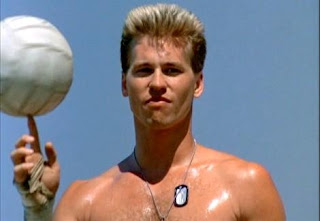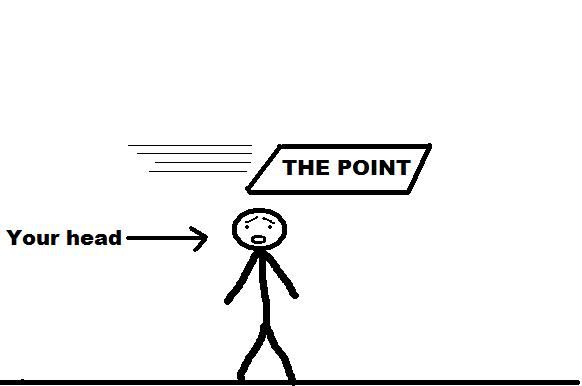http://online.wsj.com/article/SB10001424127887324591204579035231353396714.html
August 26,2013
Excerpt:
"The captain of Southwest Flight 345, arriving from Nashville, took the unusual step of taking over the controls during the last 400 feet of the descent, and investigators are now trying to determine if she throttled back the engines prematurely. The plane switched to a nose-down position in the final four seconds of flight.
The NTSB has said it found no airplane malfunctions that could have caused the botched landing, though investigators haven't yet disclosed their conclusions.
The FAA said it is "supporting the NTSB and examining our areas of responsibility to determine if any near-term action is necessary to ensure safe operations," but a spokeswoman declined to elaborate. Also on Sunday, a Southwest spokeswoman declined to comment on the specifics of the probe but said its quality hasn't been hurt."
And more of the same from the 21st:
http://online.wsj.com/article/SB100...79027442368326028.html?ru=yahoo?mod=yahoo_itp
"Seconds before the botched landing of a
Southwest Airlines Inc. jet last month at New York's La Guardia Airport,
the captain was concerned about touching down too far along the runway and may have throttled back the engines prematurely, according to people familiar with the investigation.
The National Transportation Safety Board previously said the captain, in an unusual move, abruptly took over control at an altitude of about 400 feet. But the probe's latest focus appears to provide the strongest explanation yet for why she opted to suddenly take over from the first officer, and how a routine approach turned into a high-profile crash that temporarily closed the airport.
The nose of the plane pitched down during the last four seconds of the approach, when it should have remained slightly raised.
When the plane landed, the top of the landing gear, with only the right axle still attached, penetrated up through the floor of the bay, into an area holding electronic systems that help with operation and navigation of the plane.
Investigators have found no engine or other airplane malfunctions to account for the maneuver.
The NTSB, is particularly interested in the captain's flight-control commands and her interaction with the first officer during the final 100 feet of the descent before the crash.
The safety board hasn't turned up any training problems or deficiencies in the employment history of the captain, a 13-year veteran who has more that 8,000 hours flying in Boeing 737s.
The captain had landed only once before at La Guardia, according to the safety board. The first officer had about 1,100 hours of experience flying 737 jets and had flown into the airport six times previously in 2013, the NTSB has said.
The probe has been delayed partly because the pilots weren't interviewed until about a week after the accident.
The investigation is further complicated by the fact that both the captain and first officer filed reports about what happened under the airline's nonpunitive, voluntary safety-reporting system, according to people familiar with the details. Specifics from such reports normally are off limits to federal air-safety officials and particularly regulators.
The crew was making a visual approach, had turned off automated flight-control systems at the proper time, and also was relying on an instrument-landing system as a backup.
A major question remains why the captain, once she became concerned about the safety of the approach so close to the ground, didn't follow industrywide guidance to abandon the descent and climb away from the field.
Transferring control during the descent's final phase, by itself, may have posed procedural and teamwork challenges. There's no indication of cockpit disputes, but independent safety experts said the first officer could have been startled by the change of plans barely a few seconds before touchdown".



